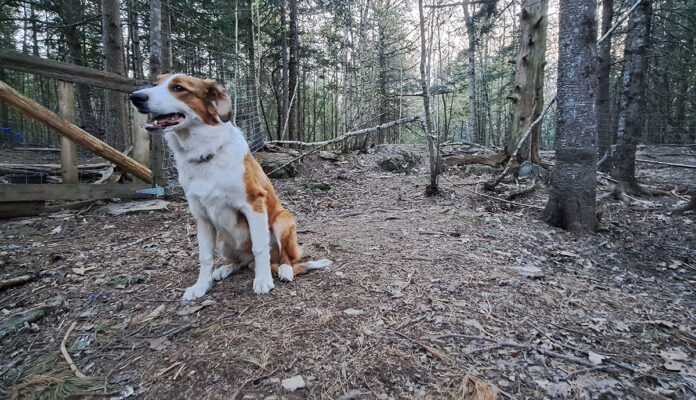
I ran across an interesting video that reminded me how little we know about the brain and how it works. Three pounds of mostly fat and water that can write poetry, read music and remember the smell of the old farm house I once lived in.
It took me down a rabbit hole, where I spent time reading up on William Molyneux’s question, also known as Molyneux’s problem. It “concerns the possibility that a person born blind might immediately identify a shape previously familiar to them only by touch, if they were made to see,” according to an article by Brian Glenney.
Dog training
What does this have to do with dogs? Well, dogs have brains too, most of them, and as trainers it’s our job to get them to use them.
Owners want results, a dog they can enjoy, a companion. Getting there takes time, and I find myself often repeating the same litany, “training over equipment.”
Is equipment bad? Of course not. Tools are only as good or bad as the skills and intent of the person using them. Notice I said “intent” of the user. This is an important part of the mentality of dog training. While tools can be useful, their job is to help us set up communication and understanding so that the tool can be graduated from.
That’s the key in all of this in my opinion: communication. Building relationships and understanding takes time and owners have a habit of seeing tools as “pixie dust.” Does it fix the behavior right now? Yes, well, sort of.
What it’s really doing is suppressing the behavior in the moment, but it hasn’t actually taught the dog anything. This is the part that falls on you, the owner, and your trainer if you’re using one. This is also where communication comes in.
Be patient
It’s your job to communicate to the dog that the behavior the tool is supporting is the correct one, and the suppressed behavior is the one you don’t want. This doesn’t happen overnight. It takes work and patience.
A lot of the dogs I work with are rehomed adults, and their situation reminded me of Molyneux’s question. Their brain has already learned how to “see” and interact with the world they live in. Good, bad or indifferent when we bring them into our homes, it’s our job to help them learn to “see” things in a new way. Even if that only means learning the rules and routines of a new family.
Jumping to the use of tools on an adult dog is akin to putting a blindfold on a now seeing individual, because it’s “easier” than helping them learn to process their world as it is now.
Listen
While you might argue that the human brain is a lot more complicated than that of a dog, I might beg to differ. I think about all the things they know how to do that we didn’t teach them, how well they can learn from each other, and all the things we can learn from them if we take the time to listen.
Listening is a learned skill though, and it requires us to set aside the notion that we “know better” simply because we are humans and they are dogs.
All of this takes communication, understanding and patience. A whole giant truckload of patience. It won’t happen today, and it won’t happen tomorrow, but one day all that work will pay off and you’ll wake up to find you have the companion you were looking for.











